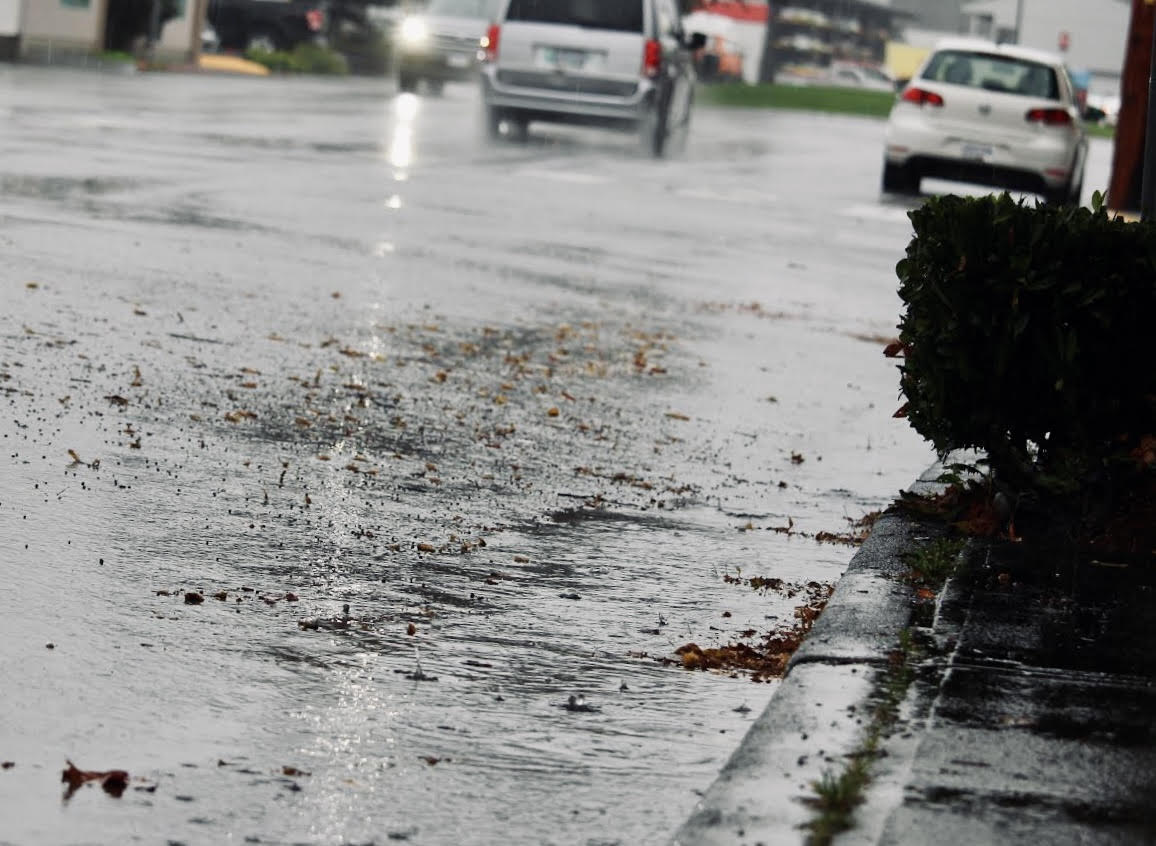As we head into the rainy season, B.C.’ers are warned to take extra steps to protect themselves and their homes.
A BC Hydro Report says the record-breaking temperatures this summer weakened trees and vegetation, especially on the South Coast, where vegetation is less adaptable to extremely dry conditions.
It says making matters worse is the fact that La Niña is predicted to bring colder, wetter, and windier weather to the West Coast this fall and into the winter.
The report says these combined factors could result in more trees falling, causing more power outages. This is echoed in a provincial government news release, that recommends we all take extra steps now to prepare.
They say you should have a household emergency plan and an emergency kit, including a flashlight, a first aid kit, water, food, and other supplies to last at least a week without power.
As well, make sure downspouts and stormwater drains are kept clear of leaves and debris. And in case of flooding, store valuables and important items or documents in watertight containers or in higher places in the home.
Here are a number of tips and actions people can take to prepare for a potentially stormy day:
- During a power outage or other disruption to infrastructure, you may need to cope at home for a prolonged period without access to amenities like electricity or tap water. To prepare for this, build a household emergency kit with enough non-perishable food, water, and supplies to support your household for a week or longer. Make sure it is stored in an easily accessible location that everyone knows about.
- Store valuables and important items or documents in watertight containers or in higher places, such as on a tall shelf or upper floor.
- Develop an emergency plan. Knowing what to do will reduce anxiety and help keep you focused and safe.
- Know your neighbours who may require extra care and check on them.
- If your lights go out, check to see whether BC Hydro is already aware of the outage by visiting: bchydro.com
- If your outage is not listed, call 1 800 BCHYDRO (1 800 224 9376), or *49376 (*HYDRO) on your mobile phone. You can also log in to your BC Hydro account to report an outage online.
- Torrential rains can cause overland flooding and creeks and rivers to quickly overflow.
- Avoid these water channels because they tend to fill up quickly. Riverbanks that look stable can be eroded beneath the surface, causing unstable ground that could collapse.
- Keep children and pets away from stream banks and watch for changing conditions, particularly if you live in low-lying areas or near waterways.
- Drive carefully and never attempt to drive through floodwater.
- The depth of water is not always obvious. The road bed may be washed out under the water and sink holes could exist but be unseen.
- Fifteen centimetres (six inches) of water will reach the bottom of most passenger cars, causing loss of control and possible stalling, while 30.5 centimetres (a foot) of water will float many vehicles.
- If a car begins to flood, abandon it quickly and head to higher ground.
- Strong winds can down trees (especially those weakened by drought conditions) and power lines.
- Everyone should be mindful of the danger of falling trees.
- Protect your home from potential floods by clearing out your gutters, maintaining perimeter drains, making sure downspouts are far enough away from your home, and checking nearby stormwater drains on your street are free of leaves and blockage.






